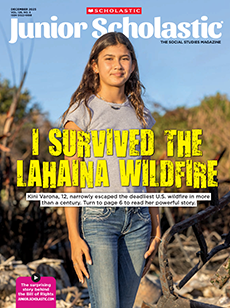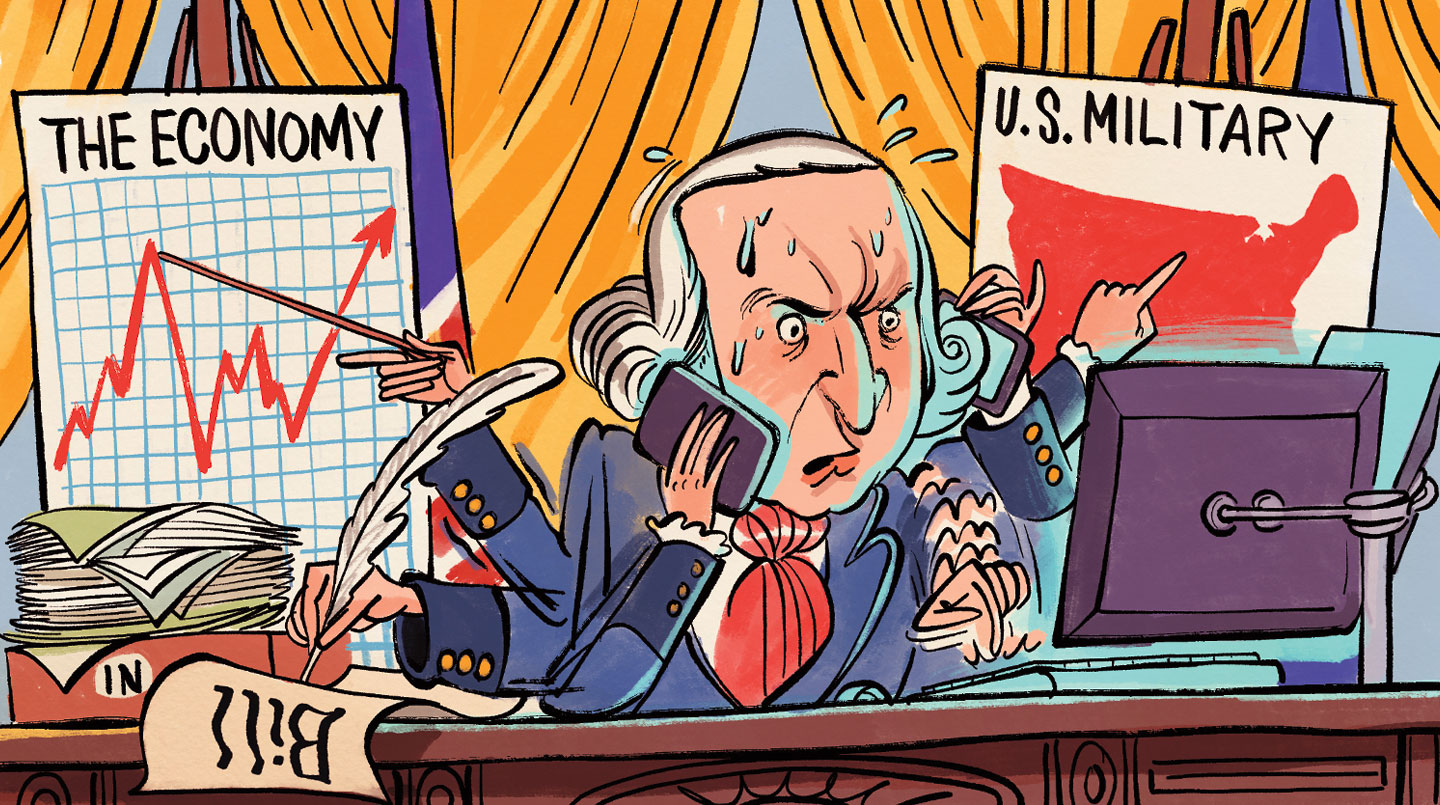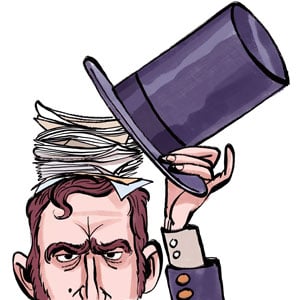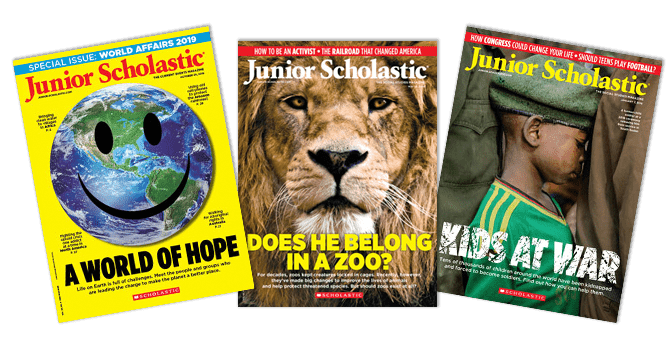Nobody said being president would be easy. U.S. President Donald Trump leads the planet’s strongest
Recently, for example, Democrats in Congress blocked the president’s plan to build a wall along the U.S.-Mexico border—at least temporarily. And last November, a federal court judge stopped the president’s attempt to restrict how migrants can apply to stay in the U.S.
Trump isn’t the only president who has struggled with the limits of his power. Every American leader going back to George Washington (in office 1789-1797) has as well. That’s just how the Framers of the U.S. Constitution planned it. They organized the federal government so that none of its three branches—the
Another thing unites our presidents: Almost all of them found that the duties of the office were much harder to fulfill than they expected. Indeed, many experts have called the presidency “an impossible job.”
Most of the president’s basic tasks are outlined by Article II of the U.S. Constitution. Others were created by acts of Congress or through tradition. All together, they form a position of great authority—and enormous responsibility. Here’s a look at the seven main roles that make up the tough job of our nation’s highest elected official.













